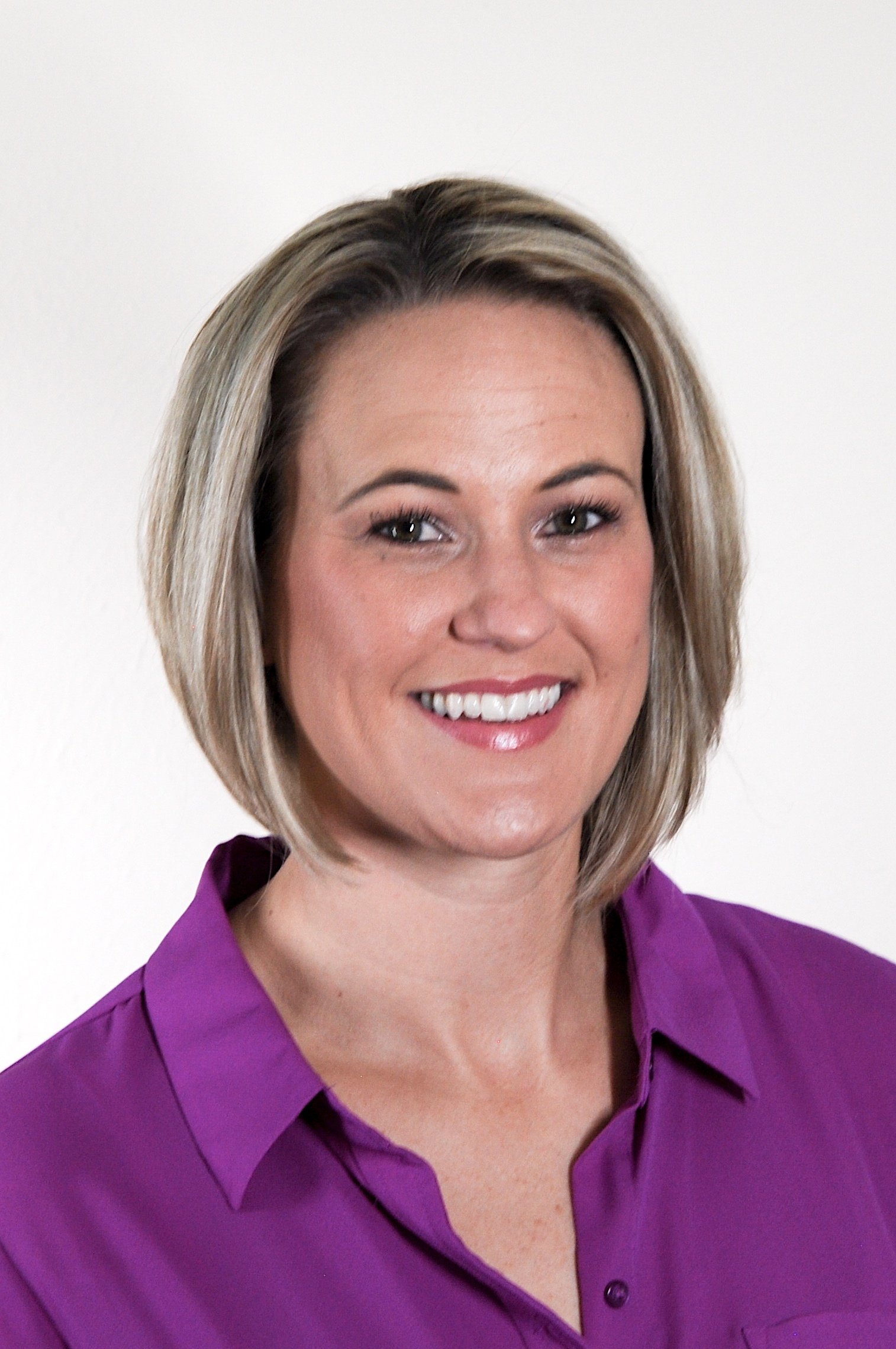Getting Tactical: Breaking Down Your Work as a Key Account Manager
in Key Account Management /As a key account manager, you most likely have lofty goals for yourself and your customers over the next few years. You probably have your eye on a big promotion down the line, you might want to see your yearly subscriptions increase by X%, or you might want to reduce customer churn over the next year. Whatever your goals are, you can’t achieve them in one fell swoop.
While it is crucial you have your eyes set towards the future with significant goals, if you want to accomplish these goals, you need to know how to break them down into meaningful actions you can do on a daily basis.
In this post, we’re going to get tactical. We’ll explain the difference between goals and objectives, along with the daily tasks and actions you should be taking to help you achieve these goals. Once you have a narrower focus, accomplishing your goals won’t seem as challenging and overwhelming.
Understanding Goals
Goals are long-term dreams you have. They aren’t actions or objectives, and they have a more significant impact on your future. Examples of goals include:
- Increase subscriptions by 5%
- Onboard X new clients in the next year
- Reduce churn this year by X%
Notice how these are clear, and present a numerical figure to achieve. They aren’t vague, and they provide you a milestone to hit. In other words, once you accomplish your goal, you’ll know it.
Goals should be set annually, so you have something to work towards during the year. They are also outcome-based, meaning that after a set of actions, you should be able to get there. They are the outcome of your actions and aren’t the steps you take in your day-to-day duties.
If you don’t know what your goals are, here are some steps you can take to make sure that they are clear and actionable.
Step 1: Start with an action verb
In our example, we used ‘increase,’ ‘secure,’ and ‘onboard’ as actions that a key account manager would want to take either now or in the future. Because we’re focused on the long-term, you’ll want to assume these are actions you’ll take in the future.
Step 2: The What
After the action verb is where you place the specific goal that you want to achieve in the year. Whether it’s churn rate, sales, or new subscriptions, you need to have a “what” to complete.
Step 3: The Measure
Your goals need to have some sort of numerical value so you know if you hit the metric or not. Often this is a percentage that you’d like to increase or reduce something. Whatever it is, by having a metric to keep track of, you can ensure that you won’t fall short.
What Are Your Objectives?
Many people use ‘objectives’ and ‘goals’ interchangeably but they are two entirely different things. While your goals are basically the dreams you’d like to achieve in the long term, your objectives are set in much shorter time intervals.
We recommend that key account managers set objectives on a quarterly basis as small milestones towards your broader goals. Fitting the theme of this post, you want to be tactical in your approach by focusing on the smaller actions you take to accomplish your goals and objectives are just one step below goals.
By accomplishing your objectives, you’ll be able to measure how well you are doing towards achieving your broader goals. When focusing on things that will happen in a year, it can be hard to determine what you should be doing every few months to stay on track, and you might end up forgetting about your goals altogether!
Keep yourself on the track for success and make sure that you are setting and achieving your objectives throughout the year and you will eventually accomplish your more impactful goals.
The Actions You Need to Take
So how do you make sure that you are reaching your objectives? We highly recommend you make this a team effort and review your objectives with your boss on a regular basis. You don’t need to meet for long, but having the chance to chat with them about the company’s objectives along with your own objectives will give you the opportunity to ask for advice and seek an outside opinion.
Also, you should remain diligently organized in your efforts to reach your objectives. If you aren’t already, you should consider implementing a KAM platform like Kapta where you can track the success of not only your key accounts but also your own efforts in growing these relationships. Handy graphics will help you visualize your objectives and goals over time to make sure that you are on track.
Your Daily Tasks
This is the smallest stage in accomplishing your goals. Tasks are the things that you do on a day-to-day basis that usually go on your to-do list. They are binary, meaning that they are either done or not done at the end of the day with no gray area in between. Examples of tasks include:
- Writing sales reports
- Attending a meeting
- Talking with a client
Have we mentioned that you should remain organized? If you don’t already, you need to keep to-do lists during your everyday working life to make sure that you are completing the small tasks that make a huge difference in your long-term goals. Stay on track, and with each successful day, you are one small step closer towards achieving your goals.
Write Your Goals Down
You can’t just keep your goals in your head. Memories are tricky and what you thought was your goal two months ago might be completely different than what you remembered. Especially because your goal has a numerical metric attached, you want to ensure that you remember it precisely.
Whether you write the goal out on a sticky note attached to your monitor, a note in your phone, or if you make a huge poster, make sure that your goals are in writing. You’ll be less likely to deviate from them, and they will serve as a constant reminder of what you are working towards.
Another important thing here is to communicate your progress with others. You need to let your customers know what your goals are for their account and how you are doing in your efforts to accomplish the goals, and you also want to do the same with your internal team of other account managers.







